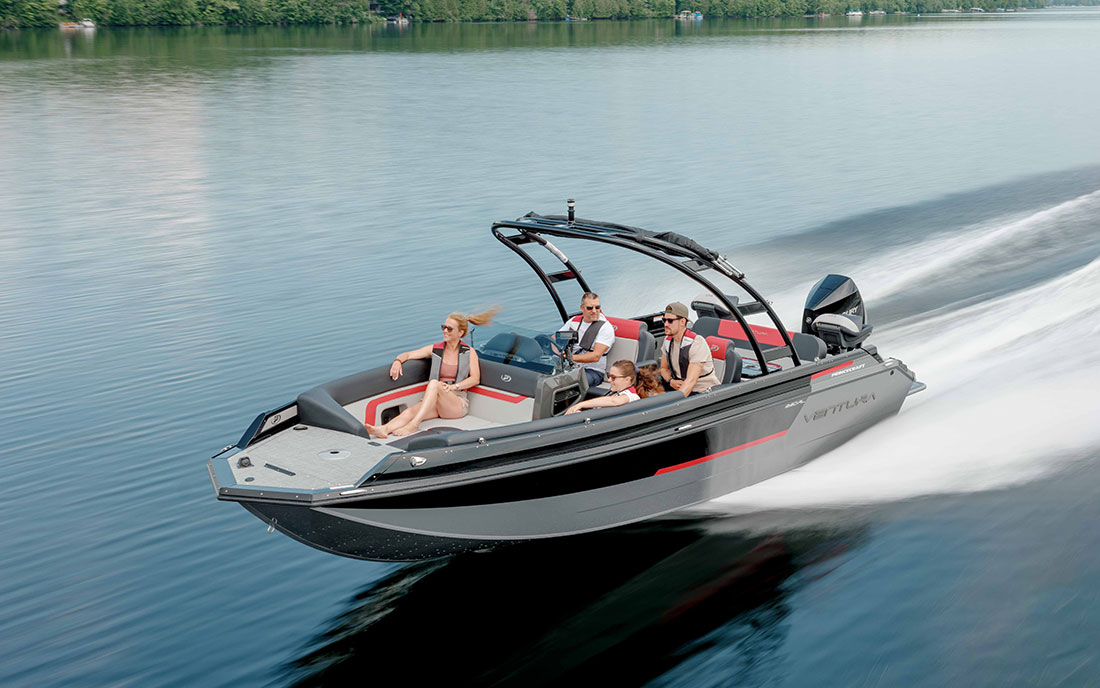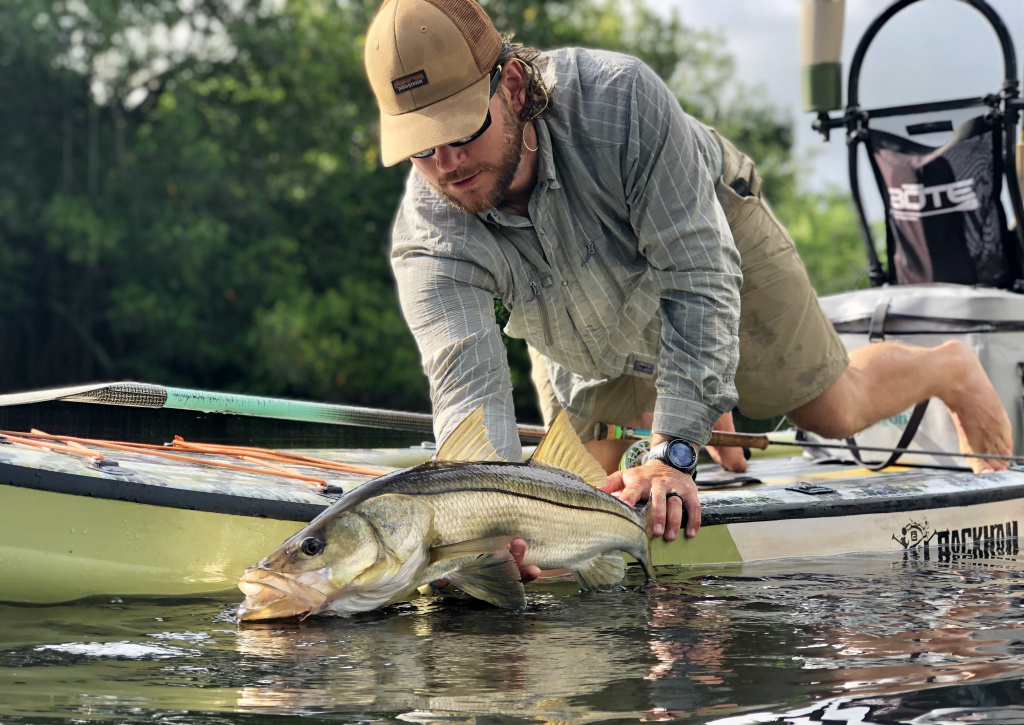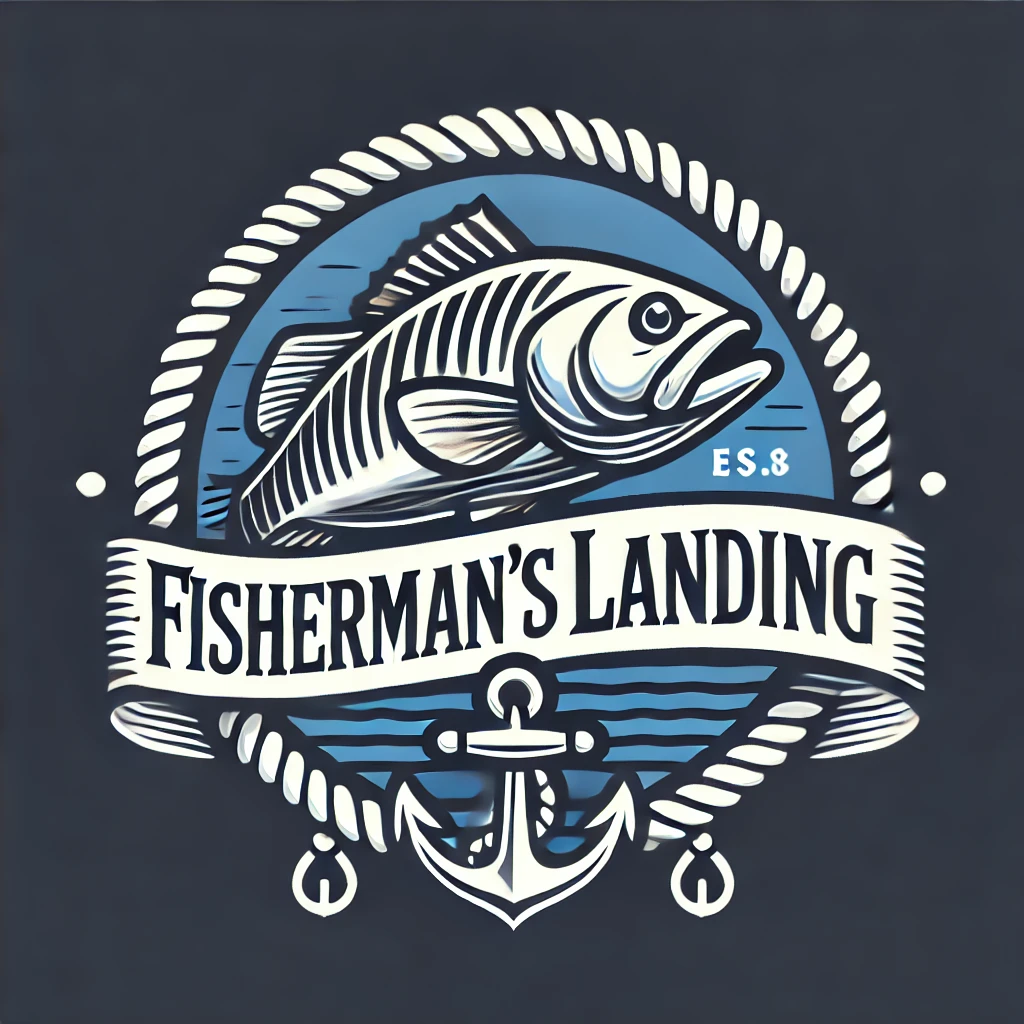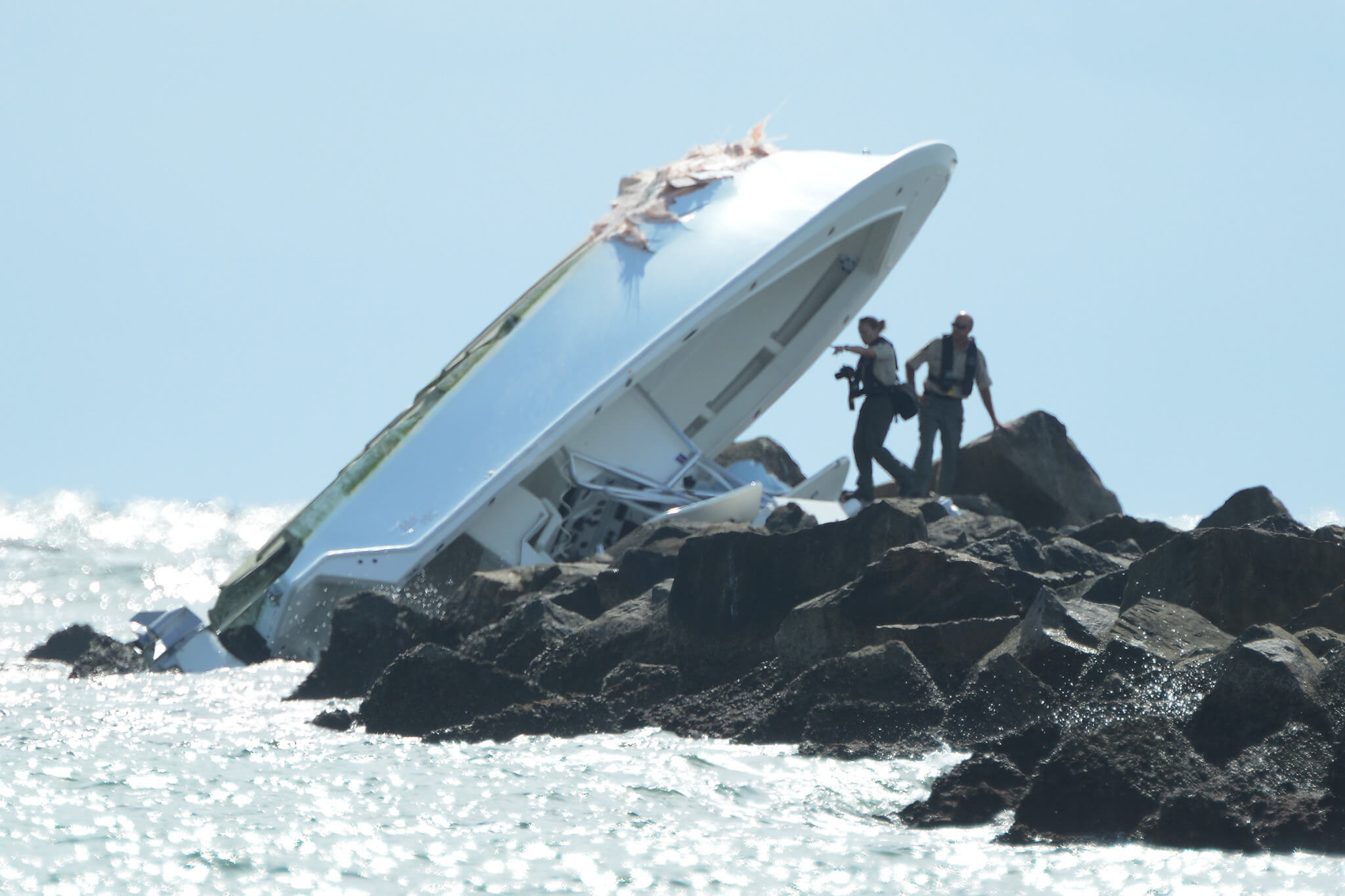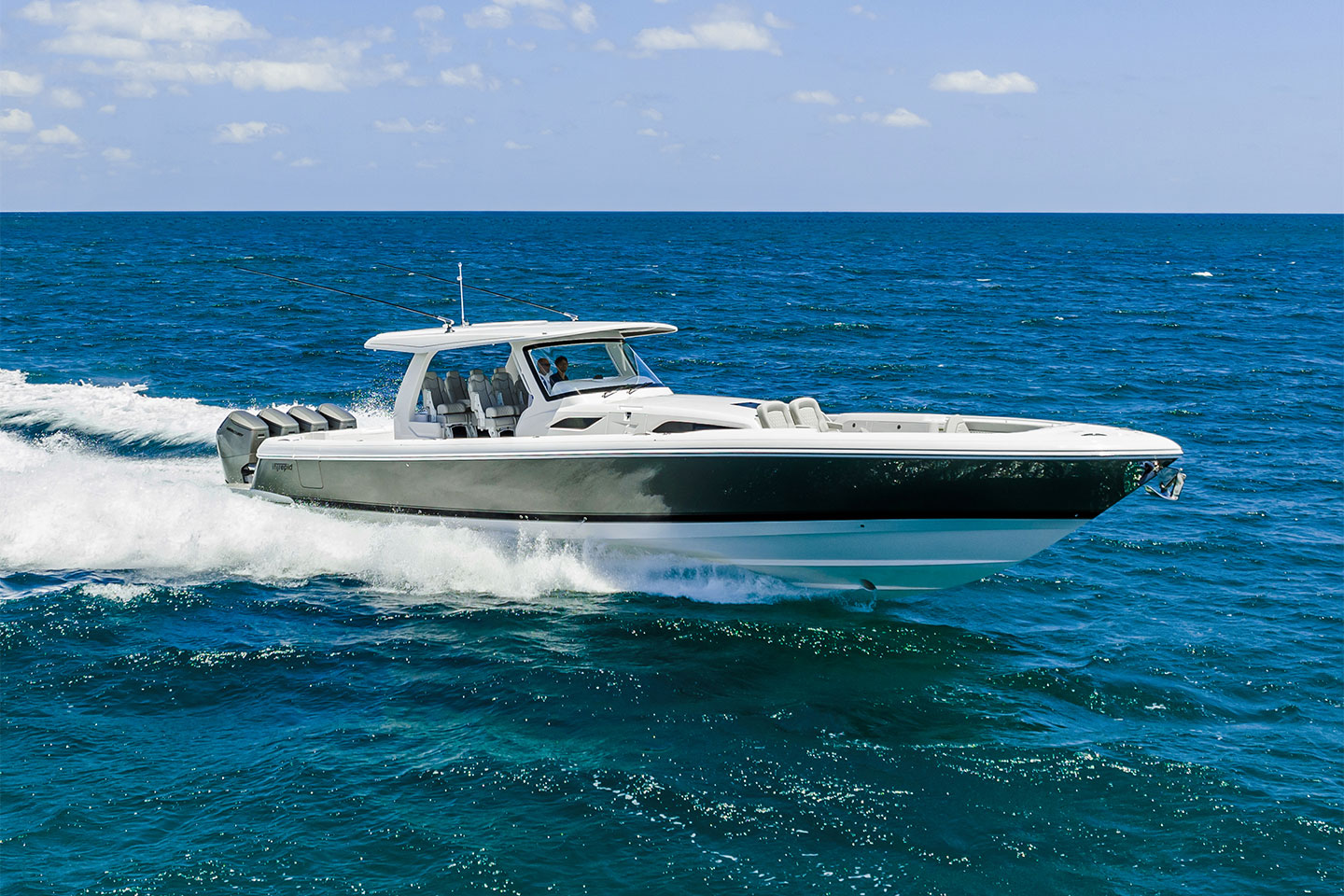Baltimore Bridge: Ship Collision Causes Toppling, Investigation Underway
A catastrophic event occurred in Baltimore when a large ship collided with the city's iconic Francis Scott Key Bridge, causing it to collapse.
The incident has left numerous cars and people in the water, triggering a massive response from emergency services and local authorities. The destruction of this vital transportation link has far-reaching consequences, including significant impact on the community and the environment.
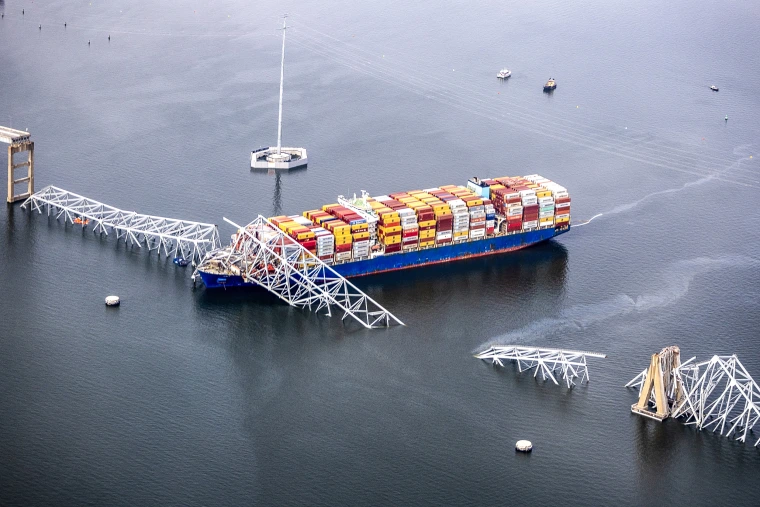
The Singapore-flagged ship, named the Dali, experienced power issues just before the wreck, which precipitated the accident.
As investigations and cleanup efforts are underway, the focus is on understanding the root cause of the collision, as well as the structural integrity of the bridge. The disaster also raises questions about national security and the response of law enforcement agencies.
Key Takeaways
- The ship collision caused the collapse of the Baltimore bridge, with severe consequences for the community and the environment
- The Dali had reported power issues before striking the bridge, triggering an ongoing investigation
- The incident emphasizes the potential need for enhanced national security measures and improved law enforcement response
Overview of the Incident
On March 26th, the Francis Scott Key Bridge in Baltimore experienced a disastrous event when a container ship collided with the bridge. This collision caused a collapse that sent cars and people plunging into the water below.
Authorities promptly declared a state of emergency and initiated search and rescue operations.
The container ship responsible for the accident struck the Key Bridge at approximately 1:27 a.m. ET. Upon impact, a significant portion of the bridge crumbled, creating a dire situation for those on the bridge at the time.
As a result, emergency personnel from various departments, including the US Coast Guard and the Baltimore Fire Department, swiftly moved in to assist in search and rescue efforts.
Search and rescue teams put forth considerable effort to locate and assist any survivors. Among the concerns were not only the people who were on the bridge when it collapsed but also the impact of the accident on the environment.
The cargo ship in question had been involved in a prior collision while leaving the port of Antwerp.
The video footage captured by a local resident highlights the intensity of the crash and provides a glimpse into the devastating aftermath.
The bridge collapse affected not only the transportation infrastructure but also the safety and wellbeing of citizens in the vicinity. Concerns regarding the investigation into the cause of the accident and the subsequent repair or reconstruction of the bridge remain to be addressed by the authorities.
Initial Response and Efforts
Emergency Services Mobilization
Upon receiving news of the ship collision with the Baltimore Key Bridge, emergency services were immediately mobilized.
First responders, including the Baltimore Fire Department, arrived at the scene to assess the damage and initiate rescue operations.
State and Federal Involvement
Maryland Gov. Wes Moore declared a State of Emergency in response to the incident.
The federal government, represented by President Joe Biden and Transportation Secretary Pete Buttigieg, offered their support and pledged to provide necessary federal resources for the search and rescue operations.
Search and Rescue Operations
The US Coast Guard, along with local authorities, collaborated in the extensive search and rescue operation.
They focused on locating and assisting the unaccounted for individuals who may have been affected by the bridge collapse, while also tending to the survivors.
Due to the complexity of the situation, both underwater and surface efforts were undertaken to ensure thorough coverage.
| Agency Involved | Responsibility |
|---|---|
| Baltimore Fire Department | Initial response and on-scene coordination |
| Coastguard | Water-based search and rescue |
| Local Authorities | Land-based operations and survivor assistance |
Public Safety and Traffic Diversion
In response to the incident, local authorities made it a priority to secure the area for public safety.
Traffic was diverted away from the affected region to prevent further accidents. Tractor-trailers and vehicles were rerouted to ensure smooth flow of traffic around the collapsed bridge.
The authorities continue to share updates and provide guidance for those affected by the incident.
Bridge and Ship Details
Francis Scott Key Bridge Characteristics
The Francis Scott Key Bridge is a 1.6-mile-long, four-lane bridge that serves as the outermost crossing of the Baltimore harbor. It extends over the Patapsco River and is a vital part of Maryland's traffic infrastructure. The bridge, named after the author of the US national anthem, is a crucial link for thousands of vehicles daily.
The Container Ship's Profile
The Dali container ship is a 984-foot maritime vessel with a Singaporean flag, which collided with the bridge on the fateful day.
The ship left its dock at around 1:04 a.m. Eastern time and rammed into the bridge's southern pillar at approximately 1:27 a.m.
The Dali container ship is part of the Maersk fleet, one of the largest and most recognized cargo shipping companies globally.
As a cargo ship, the Dali primarily transports containers filled with various goods and materials, essential to international trade.
Following the collision, the container ship and its cargo were thoroughly investigated for possible causes for the catastrophic event.
Investigation and Analysis
Determining the Cause
The Baltimore bridge collapse occurred after a container ship collided with the Francis Scott Key bridge.
Investigators are working diligently to determine whether the cause was an intentional act or an accident.
Analyzing the ship's movements before the collision, they observed that the Singaporean-flagged cargo ship had altered its course and veered toward a pillar right before impact.
Structural and Mechanical Examination
As part of the ongoing investigation, experts are examining the structural and mechanical aspects of both the bridge and the container ship.
The bridge's collapse might be a result of its own vulnerabilities as well as the force exerted by the ship during the collision.
The damage to the ship is also being studied to determine if there were other factors contributing to the accident.
Historical Shipping Patterns and Data
Investigators are also examining historical shipping patterns and data in the area around the Francis Scott Key bridge.
Ship tracking websites like MarineTraffic provide insights into a vessel's movements and may help determine if any unusual activity was observed before the ship collision.
Furthermore, they are looking into the past incidents or near-misses that might be relevant to the current tragedy.
Impact on the Community and Environment
Economic and Traffic Impact
The collision of a ship with the Baltimore Key Bridge has had immediate consequences for the community, particularly in terms of economic disruption and traffic issues.
The Port of Baltimore, a significant contributor to the local economy, now faces delays and logistical challenges, which are likely to have a ripple effect on businesses reliant on trade coming in and out of the harbor.
Traffic disruptions are likely to be severe, as the bridge was a major commuter route.
As a result, alternative routes will experience higher volumes of traffic, and authorities will need to reassess transportation strategies for both short-term and long-term solutions.
Environmental Concerns
The collapse of the bridge poses risks to the Patapsco River and water quality in the surrounding Chesapeake Bay ecosystem.
Debris from the event may cause blockages in waterways, while any leaking substances, such as fuel or cargo from the ship, can contribute to water pollution and harm local aquatic life.
Additionally, heightened activity to clear wreckage and restore the bridge may further impact the environment in the short term, affecting air quality and increasing noise pollution in the area.
Community Response
The tragic event has also provoked a strong community response, with many rallying together to support impacted families and workers. Maryland Governor Wes Moore has praised the response of the emergency services and local heroes who have worked tirelessly to recover from the wreckage and aid anyone in need.
Furthermore, the state government and local organizations are expected to collaborate on initiatives to address the economic, traffic, and environmental implications. They will provide aid and resources to those affected by the tragedy. Through this shared effort, the community of Baltimore aims to overcome challenges and restore normalcy as soon as possible.
Recovery and Rebuilding Efforts
Infrastructure Repair and Rebuild
In the wake of the recent Baltimore bridge collapse due to a ship collision, efforts are being made to repair and rebuild the damaged infrastructure.
Teams have been deployed to assess the damage done to the Francis Scott Key Bridge, and engineers are working on devising plans for repair and reconstruction.
The rebuilding project is expected to take several months, as the damage to the bridge is substantial. However, crews of workers are dedicated to restoring the vital pathway as quickly and safely as possible. Among the priorities are fixing the many structural issues, including filling in potholes and ensuring the bridge meets safety standards.
Federal and State Support
Support for the recovery efforts comes from both federal and state resources.
The governor of Maryland has expressed commitment to allocating necessary funds and resources to expedite the process. Additionally, the Transportation Secretary has pledged support in the form of financial assistance and expertise to aid in the rebuilding project.
Federal resources have been funneled into the efforts, as well, demonstrating the nation's commitment to restoring Baltimore to its former state. The combined efforts of federal and state agencies work to ensure that the repair and rebuild of the Francis Scott Key Bridge will be completed as efficiently as possible, without sacrificing safety and quality.
National Security and Law Enforcement Response
FBI and Counterterrorism
Following the Baltimore Key Bridge collapse caused by a ship collision, the FBI quickly initiated a thorough investigation to determine whether the incident was an intentional act or a tragic accident.
As part of the investigation, the FBI reviewed CCTV footage, reports from the container ship's crew, and sought relevant data from local authorities. Given the potential implications for national security, the agency collaborated with counterterrorism units and other law enforcement agencies to ensure all angles were carefully examined.
Safety Protocols and Future Prevention
In the wake of the incident, authorities declared a state of emergency in the surrounding area, with traffic rerouted to protect public safety.
Work began swiftly to assess the structural integrity of the remaining portions of the bridge. Experts from the National Transportation Safety Board and local engineering firms worked in tandem to inspect the bridge and determine the cause of the collapse.
To further prevent similar occurrences, authorities implemented the following steps:
- Increased inspections for key infrastructures, particularly bridges and tunnels.
- Established communication protocols between ships and local authorities to coordinate safe passage through the region.
- Evaluated current maritime regulations to ensure they are up-to-date and enforceable.
By responding decisively and examining the factors that led to the Baltimore Key Bridge collapse, authorities demonstrated their commitment to safety and prevention.
Media Coverage and Communication
Press Releases and Official Statements
In response to the ship collision that caused the Baltimore Key Bridge to collapse, numerous media outlets and government officials released statements and covered the incident.
Maryland Governor Wes Moore declared a state of emergency due to the catastrophic nature of the event. Additionally, President Joe Biden addressed the nation, expressing condolences and assuring federal assistance for recovery efforts.
Multiple news agencies reported on the incident, providing updates and analysis as the story unfolded. For instance, CNN and The Guardian covered the event extensively, describing the effects of the collision on the bridge and the surrounding area.
Visual Documentation of the Incident
One crucial aspect of the media coverage was the visual documentation of the incident.
Live footage from the scene captured the immediate aftermath of the ship's impact on the bridge. News outlets employed various visual elements to convey the magnitude of the event to their audiences:
- BBC Verify showcased images and videos from the incident that were analyzed and confirmed to be authentic, ensuring accurate representation of the situation.
- Many news channels made use of lights and motion graphics to illustrate the course of the ship and the ensuing damage to the bridge.
- Aerial shots provided a comprehensive view of the affected area, offering insight into the extent of the damage and the ongoing rescue efforts.
Overall, the Baltimore Key Bridge ship collision received extensive media coverage, which included statements from public officials, updates from various sources, and visual documentation offering a complete understanding of the events that unfolded.
Personal Stories and Heroic Acts
Survivors and Eyewitness Accounts
Several survivors and eyewitnesses recalled the terrifying moments when the Francis Scott Key Bridge collapsed into the Patapsco River following a collision with a cargo ship.
One survivor, who was driving on the bridge at the time, described how their vehicle started shaking before plunging into the cold river. They attributed their survival to their quick decision to unbuckle their seatbelt and swim to the surface.
Others who witnessed the incident described the sheer shock and disbelief as they watched the bridge crumble before their eyes. Many shared videos and photos of the incident on social media, emphasizing the urgent need for rescue operations.
The water temperature during the rescue was approximately 38°F (3°C), posing additional challenges for the survivors and first responders in the form of hypothermia risk.
Recognition of Responders and Civilians
Maryland Governor praised the quick response of First Responders who arrived on the scene within minutes of the accident, saving numerous lives.
Multiple agencies, including the Coast Guard, police, and fire departments, worked together to conduct rescue operations.
In addition to professional first responders, several civilians stepped up as heroes in the aftermath of the accident.
A local boater, who witnessed the bridge collapse, immediately rushed to help survivors in the water, assisting them onto his boat and providing them with life vests to stay afloat.
The Maryland Governor issued a statement honoring the bravery and selflessness of both the professional first responders and the everyday citizens who played a crucial role in saving lives:
To the first responders and civilian heroes who risked their lives to save others in the midst of this tragedy, we extend our deepest gratitude. Your actions are a testament to the strength and resilience of the people of Maryland, and we recognize your courage and dedication.
Technical Analysis of the Event
Timeline and Sequence of Events
The Baltimore bridge collapse occurred on March 26th when the Dali container ship collided with the Francis Scott Key Bridge.
At 1:30 a.m. ET, the container ship smashed into the four-lane span, causing the bridge to collapse and sending cars plunging into the river.
BBC Verify analyzed the event and uncovered the crucial moments before the ship collision. By tracking the path of the ship, they revealed the ship underwent power issues before colliding with the bridge.
- 1:27 a.m. – Ship experiences power issues
- 1:30 a.m. – Container ship collides with the bridge
- Bridge collapses, sending cars into the river
Jemimah Herd, a marine engineer, and Jacqueline Galvin, a structural engineer, collaborated to evaluate the details. Using this analysis, here's the condensed timeline of the event:
| Time | Event |
|---|---|
| 1:27 a.m. | Ship experiences power issues |
| 1:30 a.m. | Container ship collides with the bridge |
| After 1:30 | Bridge collapses, sending cars into the river |
Expert Opinions on Bridge and Ship Safety
Maritime expert Mesut Ersöz provided insights on the ship's power issues and the potential impact on the collision. He explained that power failures could lead to a loss of control in maneuvering the vessel. This makes collision prevention difficult.
On the other hand, structural engineer Jacqueline Galvin focused on the bridge's safety and integrity. She examined the bridge's design and maintenance record and commented on the economic impact of the collapse. She emphasized the importance of regular safety inspections and maintenance. These are to ensure critical infrastructure can handle unexpected events such as ship collisions.
Frequently Asked Questions
What is the current death toll from the Baltimore bridge collapse?
As of now, there is no confirmed death toll. However, there were reports of 6 people missing after the bridge collapsed due to the container ship collision.
Which bridge recently collapsed in Baltimore due to a ship collision?
The Francis Scott Key Bridge in Baltimore recently collapsed after a massive cargo ship collided with the structure.
Who is responsible for the vessel that caused the Baltimore bridge disaster?
It is yet to be determined who is responsible for the vessel involved in the bridge disaster, as the investigation is still ongoing.
What type of ship was involved in the collision with the Baltimore bridge?
The ship involved in the collision was a container ship named the Dali. It was sailing down the Patapsco River when it struck a pylon of the bridge.
How has the bridge collapse impacted Baltimore's transportation infrastructure?
The collapse of the Francis Scott Key Bridge has caused significant disruptions to Baltimore's transportation infrastructure. This bridge is an essential part of Interstate 695, and its collapse will impact the traffic and transportation in and around the Baltimore metropolitan area.
What safety measures were in place at the time of the Baltimore bridge collapse?
Currently, there isn't enough information publicly available to determine the specific safety measures that were in place at the time of the Baltimore bridge collapse.
The investigation into the cause of the collapse and the evaluation of existing safety protocols will provide more insights at a later stage.
Charlie is Editor-in-Chief of Sea Magazine
